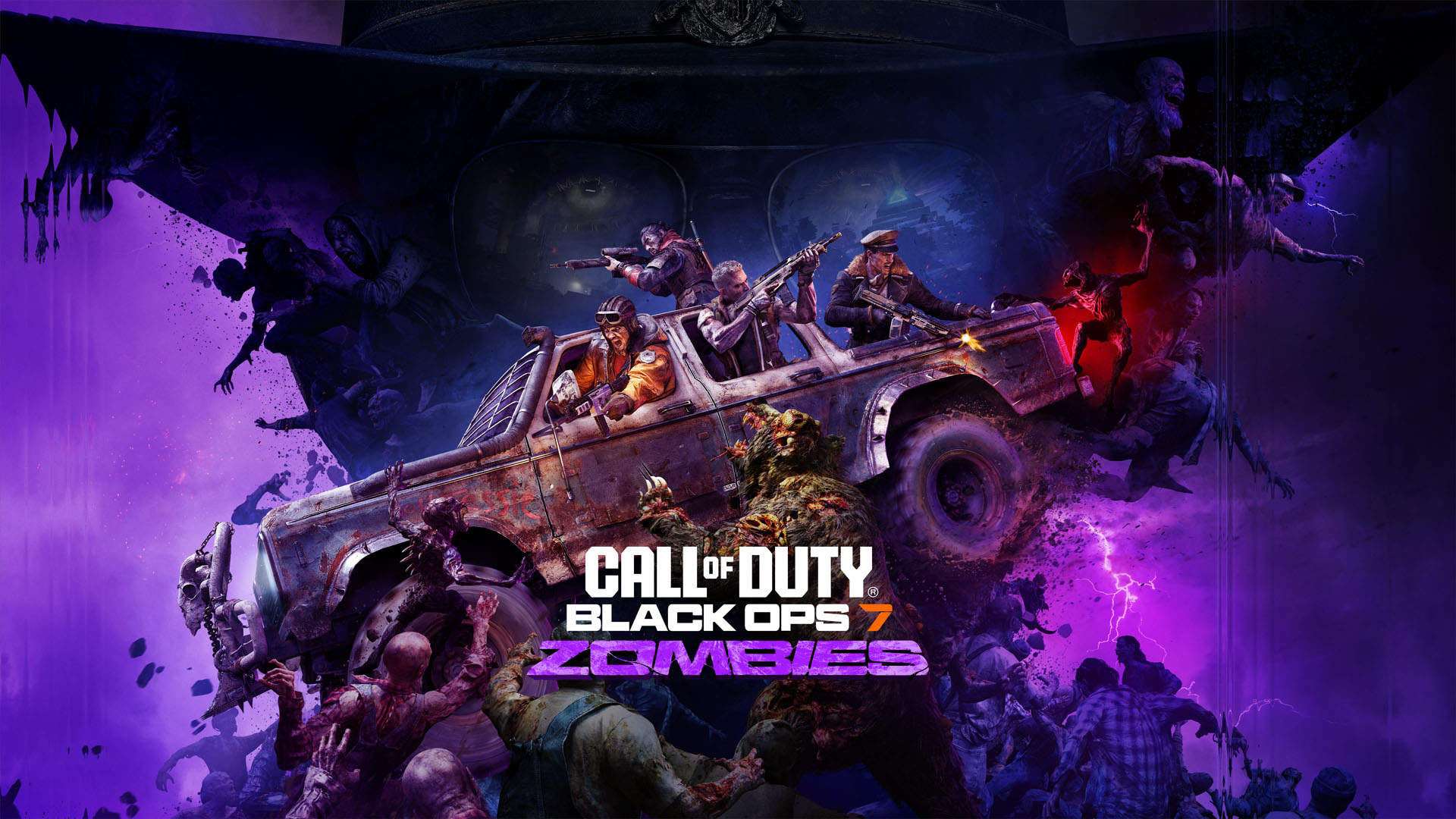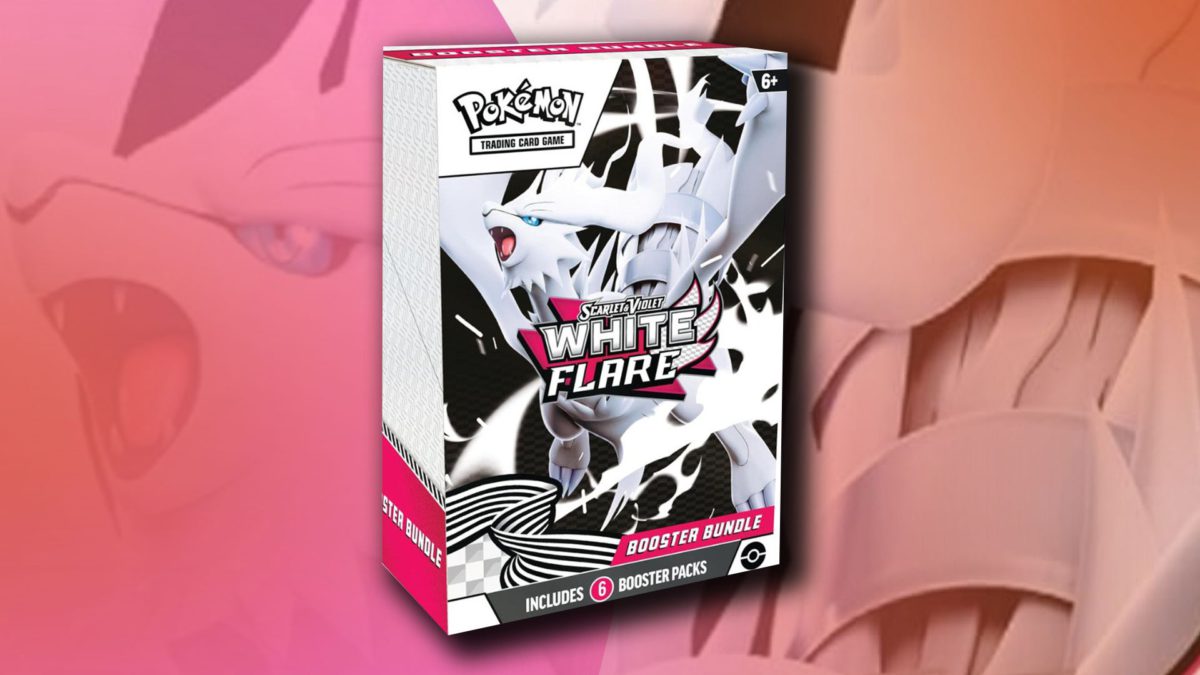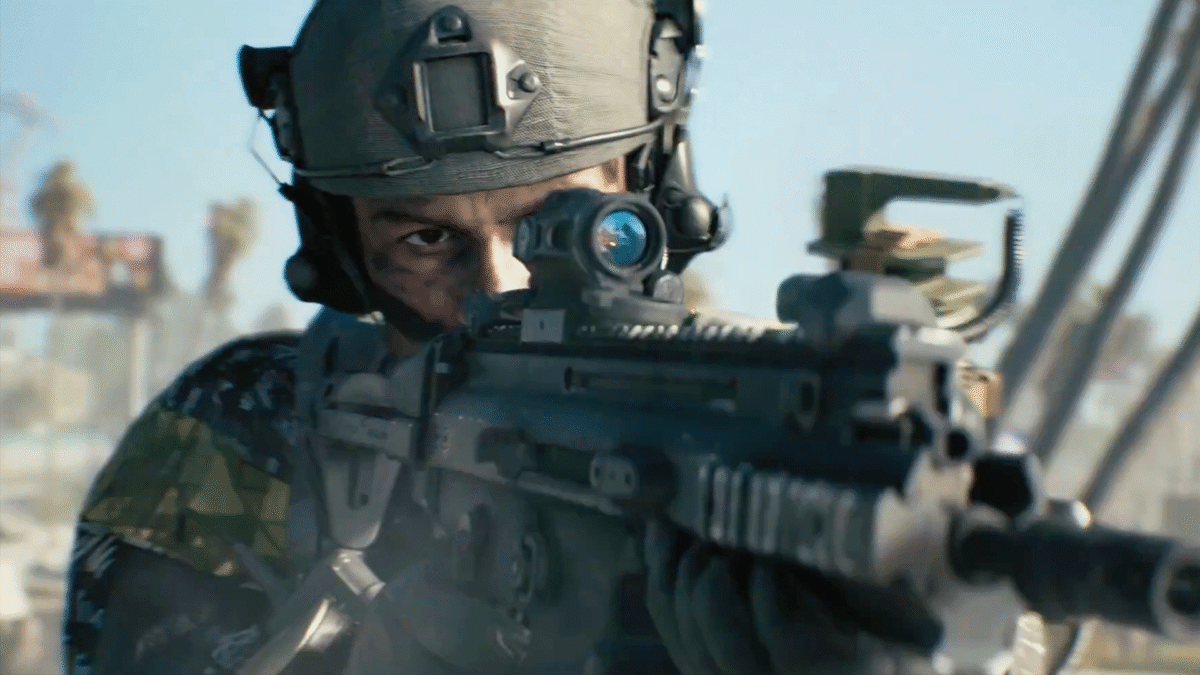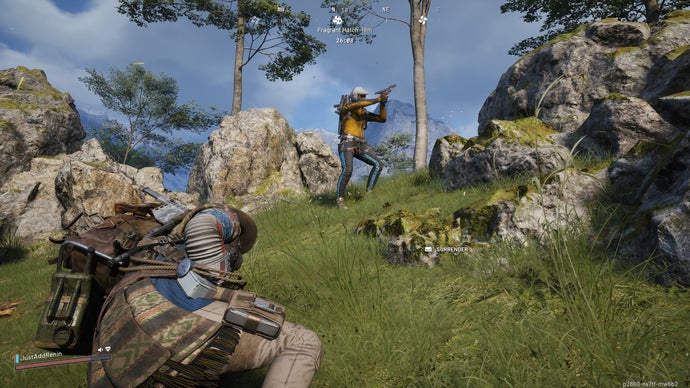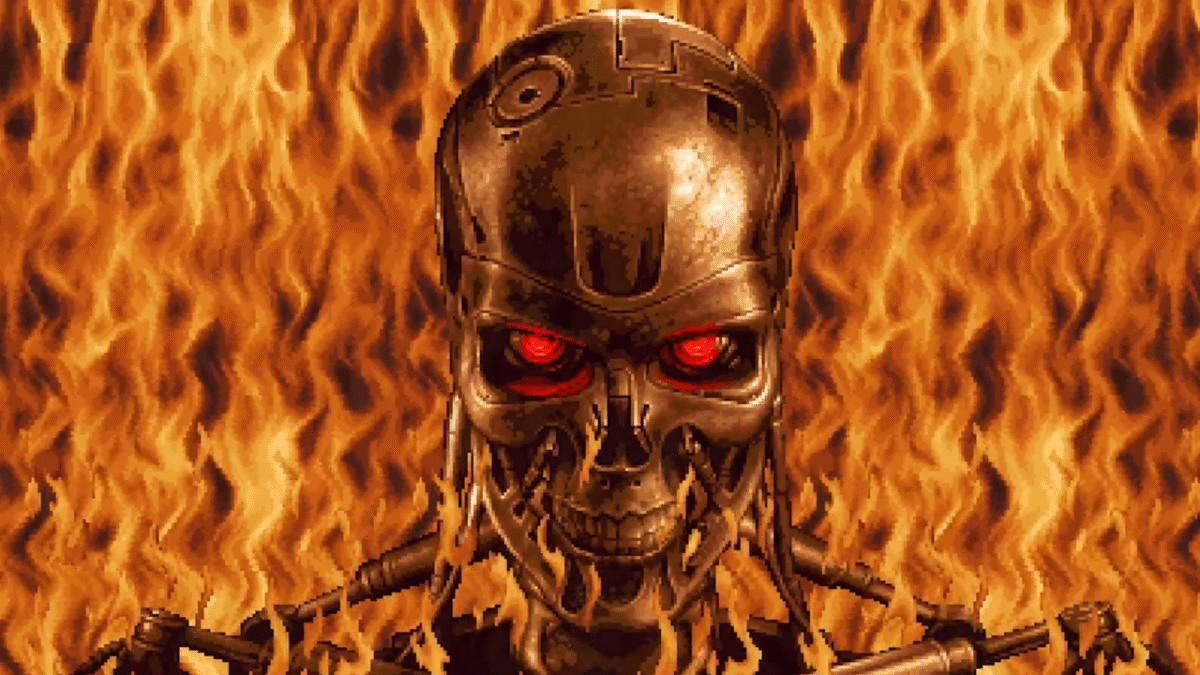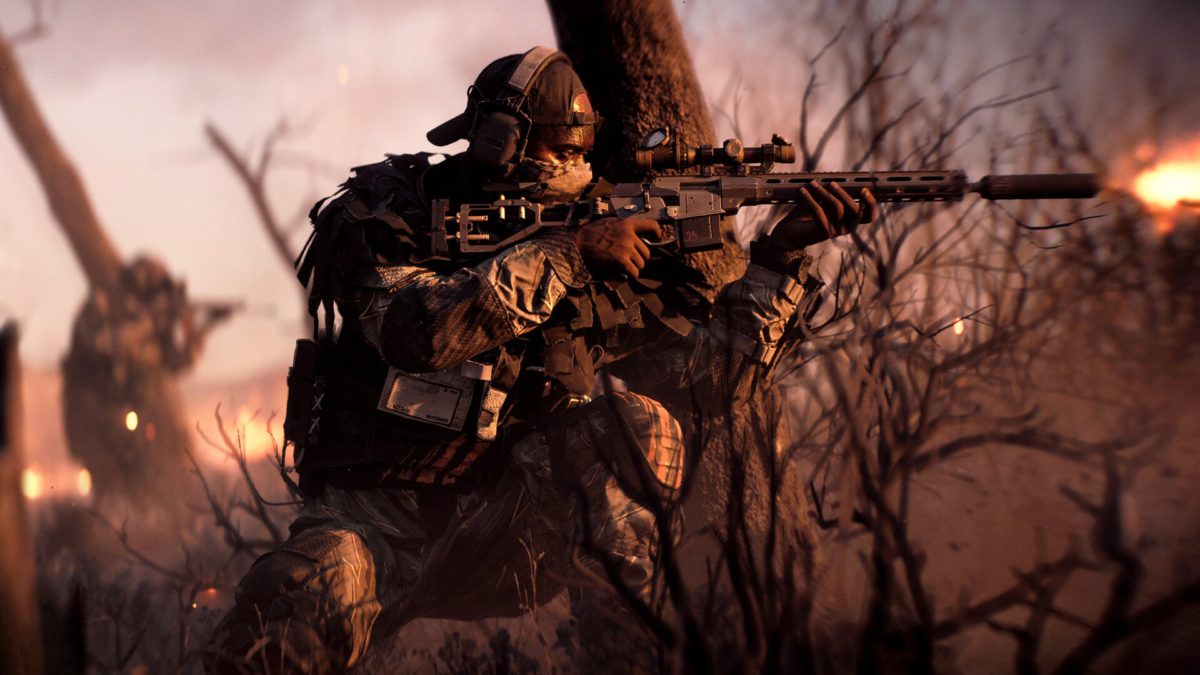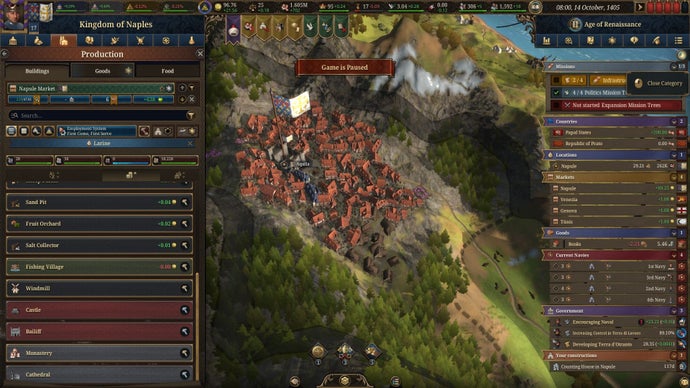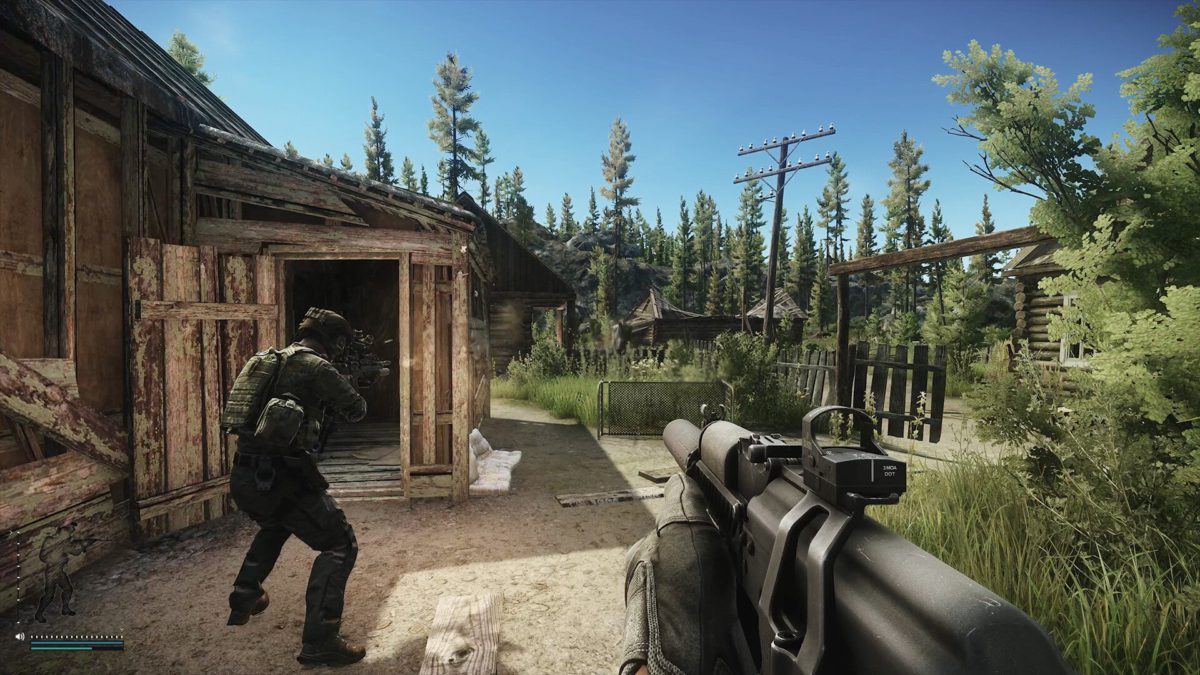Summary
- Treyarch Design Director Kevin Drew shares some of the behind-the-scenes stories about the creation of the Wonder Vehicle, Ol’ Tessie.
- Players will be able to drive and customize their own Ol’ Tessie vehicle, treating it like a member of their crew in Call of Duty: Black Ops 7 Zombies.
- Call of Duty: Black Ops 7 launches November 14, 2025, for Xbox Series X|S, Xbox One, Xbox on PC, ROG Xbox Ally handhelds, Cloud, Battle.net, Steam, PlayStation 5, and PlayStation 4. It is an Xbox Play Anywhere title and available day one with Game Pass Ultimate and PC Game Pass.
Ashes of the Damned will be the largest map that Zombies has ever seen in a Black Ops game once Call of Duty: Black Ops 7 launches on November 14, 2025. It will be full of iconic locations that have been twisted by the Dark Aether and feature the return of some fan-favorite characters as well. However, one of the biggest additions in my opinion will be the arrival of the customizable and fully drivable Wonder Vehicle: Ol’ Tessie.
I mean, what better way to navigate a deadly network of roadways full of zombies than behind the wheel of your very own rusted pick-up truck? When you meet it in the opening area of Black Ops 7 Zombies, Ol’ Tessie is already tough enough to withstand a beating. But it’s the deep level of customization that can make it a force to be reckoned with as you and your crew embark on your adventure through the Dark Aether.
Need a navigator? How about you install the dismembered head of T.E.D.D.? Want to install a giant turret? You can. Need a pick-me-up? Check out the Pack-A-Punch machine you can eventually install on the back bumper. The longer you’re able to last in the Dark Aether, the more you’re able to customize Ol’ Tessie, which can also deliver plenty of exciting, emergent gameplay moments each time you jump into Zombies.
To learn more about how the idea of bringing a battle-ready pickup truck into the world of Call of Duty: Black Ops 7 Zombies came to life, I had a chance to talk with Treyarch Design Director Kevin Drew about how a pick-up truck, talking cars, and the prestigious voice actor Nolan North fits into all of this.
“I think it really started when we were coming up with what our launch map will be for Zombies,” says Drew. “We really liked TranZit (from Call of Duty: Black Ops II). We had fond memories of it and especially some of the things it was trying to do. And we felt like we could take that to the next level; it’s been over 10 years. And so, we have the technology now, we have the experience. How can we evolve that?”
As Drew explains to me, one of the core tenets that the team arrived at was instead of the bus driving you, which was featured in Call of Duty: Black Ops II Zombies, now you get to “drive the bus.” From there it started to cascade from a simple idea – have a drivable vehicle with zombies – and then more people started to contribute to that idea.
“Narrative was immediately like, ‘We want to do a junker style pick-up truck from the ‘70s and have it real beat up,’” says Drew. “From there, I was looking at it to make sure that it can support four players and is very flexible – Zombies is a very hostile mode, so you want to make sure this thing is very useful and is truly like your fifth member of the squad. That was kind of the starting point. From there, it was kind of like all the cool things we can do.”
One of the first “cool things” the team settled on was bringing back T.E.D.D. from TranZit and finding a way to incorporate him into this modern approach to this new Zombies map. By having him as the first upgrade – once you install him on Ol’ Tessie’s dash – it will then make this truck come alive, making it sentient and having it talk to you (inspired in part by a superpowered talking car that some of you may remember from the ‘80s).
“Since Call of Duty: Black Ops Cold War, our Pack-a-Punch machines have been this jury-rigged thing with a jet engine in the middle of it — that’s what upgraded your guns. So, we’re like, ‘What if we installed the jet engine in the back of the vehicle to give it a boost?’ Those ideas just kept coming.”
Drew also revealed that the idea of having an Ol’ Tessie-like had been percolating for years, as they had wanted to do some kind of Wonder Vehicle where you had an Abomination husk, but it didn’t quite make it into past Call of Duty games – but now they can do that here.
“As soon as we added the carcass of this thing on (Ol’ Tessie), everyone’s like, ‘Can it still fire its laser beams?’ And we’re like ‘Yeah, we should probably make it fire its laser beams.’ And then the final step was the Wunderwaffe DG-2. That kind of just completed the entire experience. It was a while ago, but there were a couple months there when we were just continuing to iterate and evolve it. It was a really cool process.”
Another area that the team wanted to work on with the Zombies experience this time was bringing an added weight to your decisions, especially in the early going. Looking back to TranZit again for inspiration, you had to commit to a path – the recent Zombies maps don’t have this in place, instead built around being more accessible, where you can spread out and come back together as a group. This time in Black Ops 7 Zombies, once you’re aboard Ol’ Tessie, you have a myriad of decisions to make on the road – do you take the left path or the right path? Do you wait and try to tough it out against the horde? In addition, these in-between locations feature hazardous roads that you need to nurse Ol’ Tessie through.
I ran into this first-hand during my time with Black Ops 7: Zombies during Call of Duty: Next a few months ago. There, my crew had installed T.E.D.D. and we started to make our way through the Dark Aether when we came to a junction. But we hesitated on which path to pick and were quickly overwhelmed by zombies. I also discovered that, despite how awesome Ol’ Tessie is, it can’t take a lot of damage – at least in the early going. It was a nice way for the game to give you a quick heads up, that despite how awesome it feels to continue driving over zombies, you need to take care of this vehicle. It’s not invincible.
“The team put a lot of effort into that kind of balancing of making sure you can still make it as long as you’re driving forward the first couple of times you’re out on the road. But we also made sure there were a ton of ways that you can upkeep Tessie and make sure that it’s always ready to go,” Drew says.
There will also be a haven that becomes available once you get to Ashwood which unlocks the garage – this will become your central hub within Ashes of the Damned. One of the things this unlocks is the ability to have a broken-down Ol’ Tessie warped to this garage for it to be repaired, which is extremely helpful if you had to abandon it in the middle of the road like I had to during my gameplay session.
“T.E.D.D. also has auto-healing capabilities,” adds Drew. “So, if you can survive in the fog for a while, it will start to kick in. You can also manually repair it if you have the time by spending some salvage. There’s a lot of ways to upkeep the vehicle. That allowed us make the damage a little bit more severe because even with Tessie, it’s still hazardous out on the roads.”
On the topic of having T.E.D.D. return, albeit as a disembodied head, it touched on something Drew and I spoke about previously, about finding an intent to make Ol’ Tessie feel like a fifth member of your crew and not just a new game mechanic.
“That was our goal – we want Tessie to feel essential to the map and we’re building everything around it,” Drew says. “It’s the core new mechanic for this map. So, things like quests will require Tessie. And having T.E.D.D. was a nice callback to Call of Duty: Black Ops II Zombies. He’s such a fun character that it was a shame to have him only on one map. ’ Nolan North plays the voice for T.E.D.D. and he does an amazing job. Hearing the lines over the last month has really made me chuckle; it has been a lot of fun to bring him back.”
Learning more about what was involved in the creation of Ol’ Tessie just leaves me even more excited to return to the Dark Aether and see what other secrets it might have in store. As someone who has obviously spent more time with the series than most, I asked Drew what is it about Ashes of the Damned that has him really excited for players to experience for the first time?
“I can’t spoil too much, but there’s some moments in the quest that you really need Tessie to help out, where it’s like, ‘All right, everyone get in!’ It’s just those moments where you’re about to leave an area, and everybody’s getting in – some inside, some people get on top, some people in the back – and it’s like, ‘Go!’ They feel like an action hero escape kind of moment. Those are the things that stick out to me. Like, this is so cool. You don’t usually get to experience this in Zombies.”
Call of Duty: Black Ops 7 launches November 14, 2025, for Xbox Series X|S, Xbox One, Xbox on PC, ROG Xbox Ally handhelds, Cloud, Battle.net, Steam, PlayStation 5, and PlayStation 4. It is an Xbox Play Anywhere title and available day one with Game Pass Ultimate and PC Game Pass.

Call of Duty®: Black Ops 7 – Vault Edition
Activision Publishing Inc.
– Items for immediate use in Call of Duty®: Black Ops 6 and Call of Duty®: Warzone *:
*:
— Reznov Challenge Pack – unlock the SOG Reznov Operator Skin. Plus, get access to unlock the Stalingrad Reznov and Memory Reznov Operator Skins
— Guild Override Weapon Camo – unlock the Guild Override dynamic Weapon Camo
The Vault Edition includes:
– Cross-Gen Bundle of Call of Duty®: Black Ops 7
— Includes Xbox Series X|S, Xbox One and Xbox PC versions of the game
– BlackCell (1 Season)**
— Includes: Battle Pass, 20 Tier Skips, 1,100 CP and more
– Operator Collection
— 4 Operator Skins: Harper, Karma, T.E.D.D. and Reaper EWR-3
– Mastercraft Collection
— 5 Mastercraft Weapons
– Ultra GobbleGum Pack for Zombies
— 8 GobbleGums of Ultra rarity for Black Ops 7
– Permanent Unlock Token for Black Ops 7 (available at launch)
In Call of Duty®: Black Ops 7, Treyarch and Raven Software are bringing players the most mind-bending Black Ops ever.
The year is 2035 and the world is on the brink of chaos, ravaged by violent conflict and psychological warfare. David Mason leads an elite team on a covert mission to the sprawling city of Avalon. While there, they discover a sophisticated plot that won’t just plunge the world into chaos, it will pull them into their own haunting pasts.
Squad up or go solo in an innovative Co-Op Campaign that redefines the Black Ops experience.
Multiplayer explodes out of the gate with 16 electrifying 6v6 maps and two 20v20 maps at launch. Master a cutting-edge arsenal and outmaneuver your enemies with an evolved Omnimovement system.
In Treyarch’s legendary Round-Based Zombies mode, the nightmare begins where reality ends. Trapped in the heart of the Dark Aether, the crew is thrust into a vast, ever-shifting hellscape.
Game requires a Game Pass Core subscription (sold separately).
TPM 2.0 and Secure Boot required for PC, other security measures may be enforced. Learn more at https://support.activision.com/tpm.
*Call of Duty®: Black Ops 6 or Call of Duty®: Warzone on Xbox Series X|S / Xbox One / Xbox PC required to redeem. Sold / downloaded separately. Must be redeemed by November 14th, 2026.
on Xbox Series X|S / Xbox One / Xbox PC required to redeem. Sold / downloaded separately. Must be redeemed by November 14th, 2026.
**BlackCell, Battle Pass, Call of Duty® Points and Tier Skips will be accessible in Black Ops 7 upon availability of the Season 1 Battle Pass in-game. Redemption applies to one Season of the Black Ops 7 Battle Pass only.
Content, features, services, online play, and support not available in all regions, and may vary, change, or terminate.
Requires an Activision account and acceptance of the Activision Software License and Services Agreement. A mobile phone number linked to your Activision account may be required to play Black Ops 7.
Additional storage space may be required for mandatory game updates.
For more information, please visit www.callofduty.com.
©/TM/® 2025 Activision Publishing, Inc. This product contains software technology licensed from Id Software (‘Id Technology’). Id Technology © 1999-2025 Id Software, Inc.
Call of Duty®: Black Ops 7 – Vault Edition Upgrade
Activision Publishing Inc.
– BlackCell (1 Season)**
— Includes: Battle Pass, 20 Tier Skips, 1,100 CP and more
– Operator Collection
— 4 Operator Skins: Harper, Karma, T.E.D.D. and Reaper EWR-3
– Mastercraft Collection
— 5 Mastercraft Weapons
– Ultra GobbleGum Pack for Zombies
— 8 GobbleGums of Ultra rarity for Black Ops 7
– Permanent Unlock Token for Black Ops 7 (available at launch)
*Requires existing ownership of the digital version of the Call of Duty®: Black Ops 7 – Cross-Gen Bundle on Xbox Series X|S / Xbox One / Xbox PC (sold separately), or active subscription to select Game Pass plans (Game Pass Ultimate, Game Pass PC, or Game Pass Console).
**BlackCell, Battle Pass, Call of Duty® Points and Tier Skips will be accessible in Black Ops 7 upon availability of the Season 1 Battle Pass in-game. Redemption applies to one Season of the Black Ops 7 Battle Pass only.
For more information, please visit www.callofduty.com.
©/TM/® 2025 Activision Publishing, Inc. This product contains software technology licensed from Id Software (‘Id Technology’). Id Technology © 1999-2025 Id Software, Inc.

Call of Duty®: Black Ops 7 – Cross-Gen Bundle
Activision Publishing Inc.
– Items for immediate use in Call of Duty®: Black Ops 6 and Call of Duty®: Warzone **:
**:
— Reznov Challenge Pack – unlock the SOG Reznov Operator Skin. Plus, get access to unlock the Stalingrad Reznov and Memory Reznov Operator Skins
— Guild Override Weapon Camo – unlock the Guild Override dynamic Weapon Camo
Includes:
– Cross-Gen Bundle of Call of Duty®: Black Ops 7
— Includes Xbox Series X|S, Xbox One and Xbox PC versions of the game
In Call of Duty®: Black Ops 7, Treyarch and Raven Software are bringing players the most mind-bending Black Ops ever.
The year is 2035 and the world is on the brink of chaos, ravaged by violent conflict and psychological warfare. David Mason leads an elite JSOC team on a covert mission to the sprawling Mediterranean city of Avalon. While there, they discover a sophisticated plot that won’t just plunge the world into chaos, it will pull them into their own haunting pasts.
Squad up or go solo in an innovative Co-Op Campaign that redefines the Black Ops experience. Take on high-stakes challenges across a wide spectrum of environments, from the neon-lit rooftops of Japan to the Mediterranean coast, and even into the deepest corners of the human psyche.
Multiplayer explodes out of the gate with 16 electrifying 6v6 maps and two 20v20 maps at launch. From futuristic Tokyo vistas to the frozen, unforgiving wilds of Alaska, every environment is brimming with danger and opportunity. Master a cutting-edge arsenal and outmaneuver your enemies with an evolved Omnimovement system.
In Treyarch’s legendary Round-Based Zombies mode, the nightmare begins where reality ends. Trapped in the heart of the Dark Aether, the crew is thrust into a vast, ever-shifting hellscape. This isn’t just survival. It’s a descent into madness.
Game requires a Game Pass Core subscription (sold separately).
TPM 2.0 and Secure Boot required for PC, other security measures may be enforced. Learn more at https://support.activision.com/tpm.
*Requires active subscription to Game Pass Ultimate, Game Pass PC, or Game Pass Console. Subscribers must login to Call of Duty®: Black Ops 6 or Call of Duty®: Warzone on Xbox Series X|S / Xbox One / Xbox PC by November 14, 2025 to redeem the Reznov Challenge Pack and Guild Override Weapon Camo.
on Xbox Series X|S / Xbox One / Xbox PC by November 14, 2025 to redeem the Reznov Challenge Pack and Guild Override Weapon Camo.
**Call of Duty®: Black Ops 6 or Call of Duty®: Warzone on Xbox Series X|S / Xbox One / Xbox PC required to redeem. Sold / downloaded separately. Must be redeemed by November 14th, 2026.
on Xbox Series X|S / Xbox One / Xbox PC required to redeem. Sold / downloaded separately. Must be redeemed by November 14th, 2026.
Content, features, services, online play, and support not available in all regions, and may vary, change, or terminate.
Requires an Activision account and acceptance of the Activision Software License and Services Agreement. A mobile phone number linked to your Activision account may be required to play Black Ops 7.
Additional storage space may be required for mandatory game updates.
For more information, please visit www.callofduty.com.
©/TM/® 2025 Activision Publishing, Inc. This product contains software technology licensed from Id Software (‘Id Technology’). Id Technology © 1999-2025 Id Software, Inc.
The post How Treyarch is Bringing a Rusted Pick-up Truck to Life in Call of Duty: Black Ops 7 Zombies appeared first on Xbox Wire.

